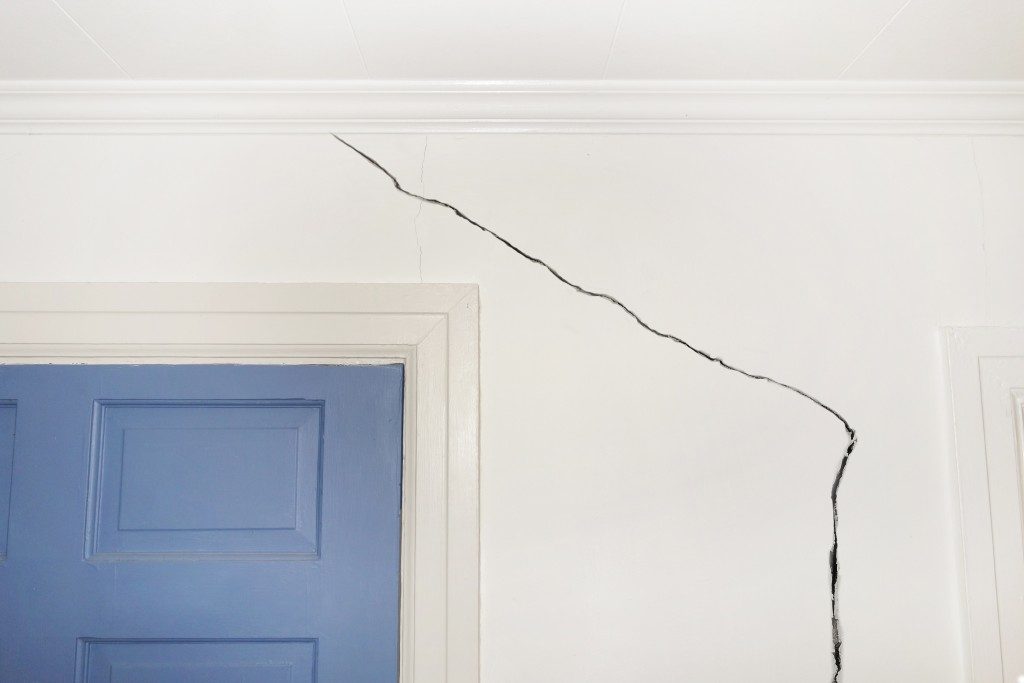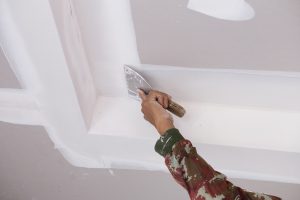Australia has been known to be one of the places that experience frequent quakes. Last November, a magnitude 5.4 earthquake hit western parts of Australia. Prior to this, a magnitude 5.7 earthquake also occurred in the same area. Over the past months, Western Australia has been hit with more than 600 earthquakes.
Most of these quakes were barely noticeable, but some were strong enough to cause damage — at times even calling for restoration efforts, such as residential concrete repair services.
Potentially Dangerous
The Newcastle earthquake of 1989 was a magnitude 5.6. It was strong enough to damage concrete structures, injuring 160 and killing 13. Weaker earthquakes can still cause damage that requires repair service, but these below magnitude 4 are usually inconsequential.
Modern construction methods usually allow structures to withstand earthquakes of magnitudes 5 and 6, but older structures can still be at risk. Earthquakes of magnitudes 7 and up are disasters that can cause massive damage to a city’s infrastructure, but quakes at this level are very rare in Australia.
Shifting Tectonic Plates
 Australia’s earthquakes, like most earthquakes in other locations, are mainly caused by compressive stress brought about by shifting tectonic plates. Tectonic plates continually move, and even though Australia stands in its own plate — pressures from surrounding plates can cause stress that leads to earthquakes.
Australia’s earthquakes, like most earthquakes in other locations, are mainly caused by compressive stress brought about by shifting tectonic plates. Tectonic plates continually move, and even though Australia stands in its own plate — pressures from surrounding plates can cause stress that leads to earthquakes.
These pieces of information are what authorities use to draft and revise regulations, such as building codes. One of the main factors on focus is structural integrity in order to minimise damages as well as casualties. As there is no way to prevent earthquakes from happening, the next best course of action is to ensure their effects are minimal.
Staying Safe
One of the things making earthquakes devastating is that they are unavoidable and unpredictable. Unlike extreme weather conditions such as hurricanes or typhoons in which people can adequately prepare and prevent damages, earthquakes come with no warning, and there is no way to forecast them. The most that can be done is to minimise damage in the moment.
Keeping calm is crucial in most of these situations. Even before an earthquake occurs, preparedness is key to staying safe. Note the safe areas of the house where nothing is likely to fall and hit you — places such as door frames or spots under the table. Learn to turn off your utilities, especially your gas line.
During an earthquake, avoid bookshelves, cabinets, glass windows, ceiling fixtures and anything that can topple, fall or shatter. Stay in one place and avoid moving about until the earthquake stops. Join earthquake drills and learn the protocols and emergency plans prepared by authorities to know exactly what to do in the event of an earthquake.
Western Australia will continue to experience earthquakes of varying degrees. Although there is no way to predict them, the best thing to do is to remember what to do during one. Make sure your home is free from structural damage and teach your family — especially young children — the basics of earthquake safety.






